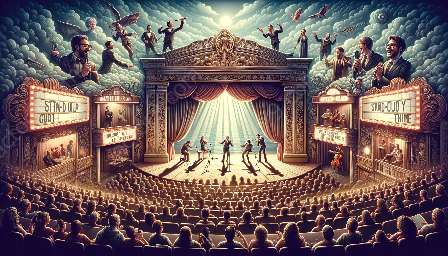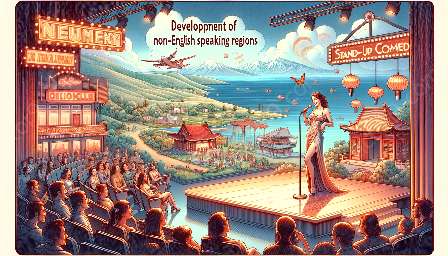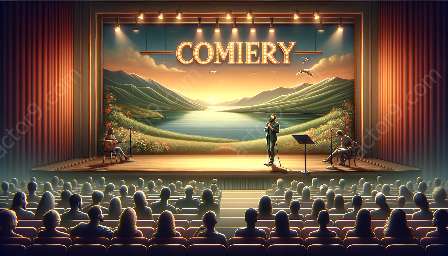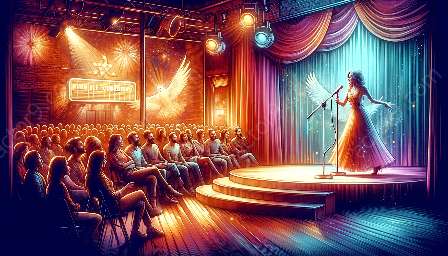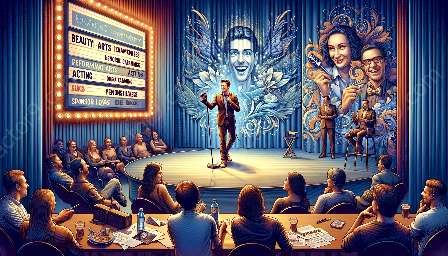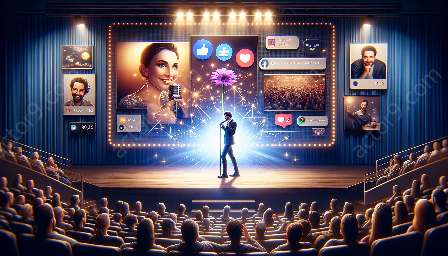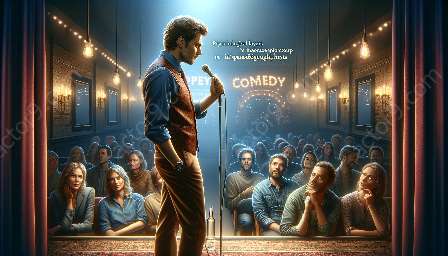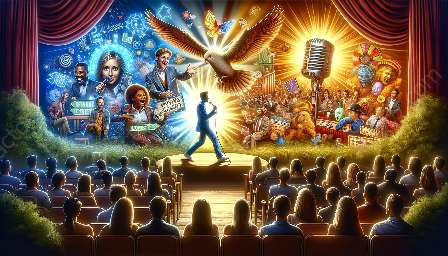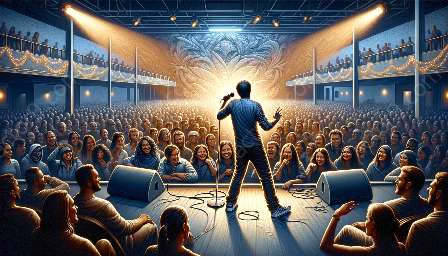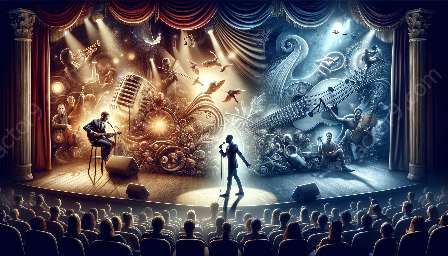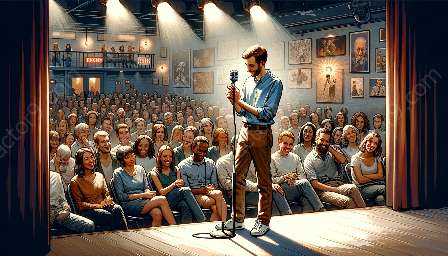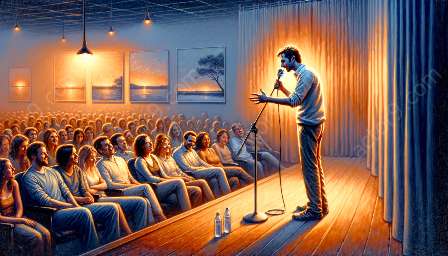Stand-up comedy is a diverse art form that encompasses a wide range of styles and techniques. From observational humor to physical comedy, wordplay, and more, comedians employ various methods to engage and entertain their audience. Understanding the different styles and techniques used in stand-up comedy can provide valuable insight into the art and craft of making people laugh.
History of Stand-Up Comedy
The history of stand-up comedy traces back to vaudeville and variety shows, where comedians would perform live in front of audiences. Over the years, stand-up comedy has evolved and adapted to changing societal norms and cultural trends. Pioneering comedians such as Lenny Bruce, George Carlin, and Richard Pryor played significant roles in shaping the landscape of stand-up comedy and pushing boundaries with their material.
1. Observational Humor
Observational humor is a style of comedy that focuses on everyday life situations and the absurdities within them. Comedians often draw material from their own experiences or the world around them, highlighting the humor in mundane or relatable scenarios. Jerry Seinfeld is a prime example of a comedian known for his observational humor, skillfully mining comedy from the banalities of daily existence.
2. Satire and Political Comedy
Satire and political comedy involve using humor to critique societal or political issues. Comedians employ this style to shed light on current events, politicians, and social phenomena. Figures like Jon Stewart and John Oliver have gained widespread recognition for their astute and humorous social commentary.
3. One-Liners
One-liners are short, succinct jokes that deliver a punchline in just a single line. Comedians who specialize in this style craft clever and concise jokes that often rely on wordplay and surprise. Steven Wright and Mitch Hedberg are revered for their mastery of the one-liner, creating memorable and often absurd comedic moments.
4. Physical Comedy
Physical comedy involves humor derived from exaggerated gestures, facial expressions, and bodily movements. Comedians use their physicality to elicit laughter, often incorporating slapstick, mime, and clowning techniques. Legendary performers like Charlie Chaplin and Lucille Ball are celebrated for their contributions to physical comedy.
5. Storytelling
Storytelling in stand-up comedy involves narrating humorous anecdotes or personal tales that captivate the audience. Comedians use this technique to engage listeners and create an emotional connection through well-crafted stories. Mike Birbiglia and Sarah Silverman are known for their captivating storytelling abilities, weaving humor into compelling narratives.
Conclusion
Stand-up comedy encompasses a rich tapestry of styles and techniques, each offering a distinctive approach to eliciting laughter and provoking thought. From observational humor to physical comedy and storytelling, comedians continuously innovate and evolve, keeping the art form dynamic and ever-engaging. Understanding the history of stand-up comedy provides context for the diverse range of comedic styles and techniques, showcasing the enduring impact of this beloved form of entertainment.


